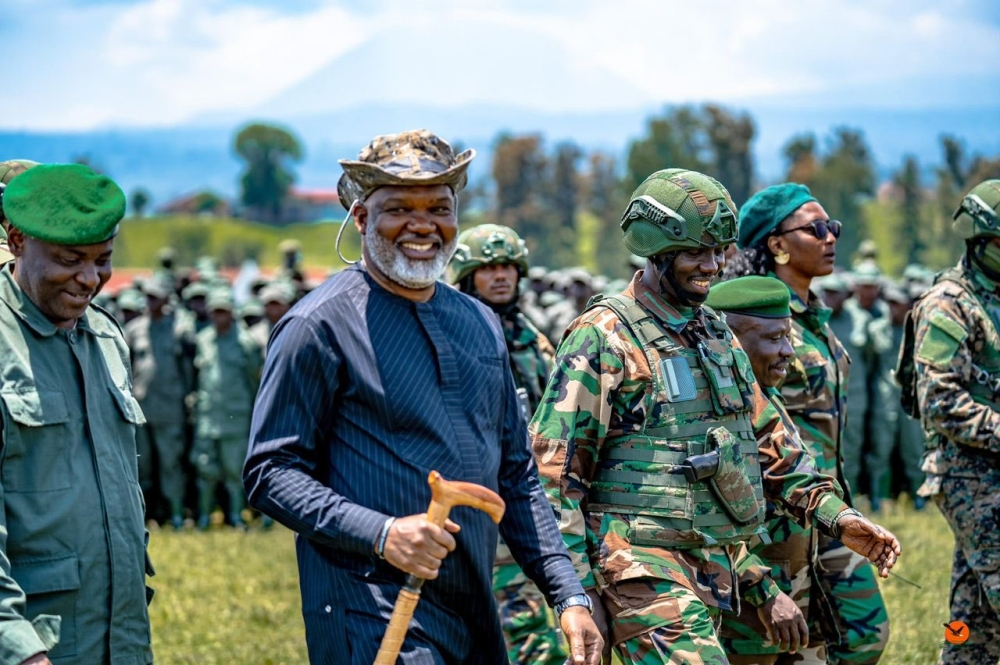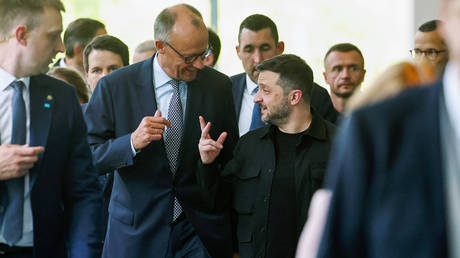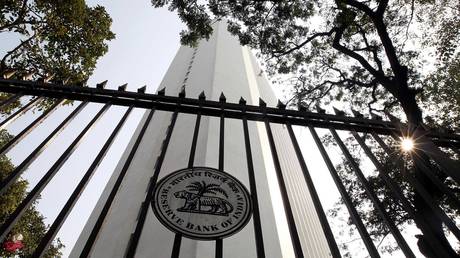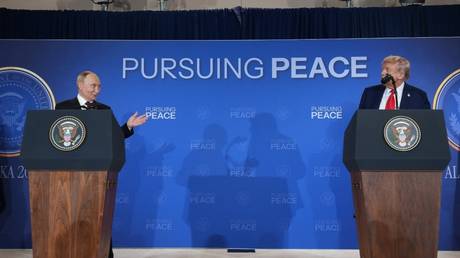October 21 marks seven days since the signing of a ceasefire monitoring agreement between the AFC/M23 movement and the Congolese government. The deal, reached during the sixth round of Qatar-mediated talks, aims to establish a joint team to monitor and verify compliance with a permanent ceasefire between the two parties.
The agreement builds on the July 19 Declaration of Principles and provides a structured framework to oversee, verify, and report on adherence to the truce. The joint mechanism was expected to be operational within seven days, by today, October 21.
However, tensions flared almost immediately after the signing, with the AFC/M23 movement accusing the Congolese government of violating the agreement by bombing densely populated areas in North and South Kivu provinces and targeting rebel positions, actions that, according to sources, have continued since.
What to make of ceasefire violations
According to AFC/M23 spokesperson Oscar Balinda, the group was not surprised by the government coalition's ceasefire violations, claiming Kinshasa has long sought to drive the rebels from their occupied territories.
"All along, the government has been trying to dislodge us from the areas we control in eastern DR Congo using force," said Balinda. "Their goal was to push us out before the ceasefire mechanism could be implemented so that, by the time it was established, they would already have taken over our positions."
He added that the movement, which has controlled the two largest cities in eastern DR Congo since early 2025, is documenting all violations and will submit the records to the monitoring team once it is established.
“The team is expected to meet today (Tuesday) to set up its structure and working modalities,” he told The New Times.
AFC/M23 leader Corneille Nangaa states four reasons why his movement is fighting Tshisekedi govt
Yet observers offer a more nuanced interpretation. Eric Ndushabandi, a political analyst and lecturer at the University of Rwanda, said the ceasefire violations could stem from both a lack of political will in Kinshasa and a weak chain of command over its coalition forces on the battlefield.
“The incoherence lies in military command,” Ndushabandi explained. “Neither the President nor field commanders exercise full control over all the forces fighting on the government’s side. Even if the President is linked to certain commanders, those commanders do not fully control every armed group they fight alongside with.”
He pointed to the complexity of the coalition forces of the Congolese army (FARDC), Burundian troops, Wazalendo militias, Mai Mai groups, and FDLR elements, all claiming to be fighting against AFC/M23.
“Who exactly is supposed to implement the ceasefire on the government’s side when the executive cannot control such a mixed group of forces?” he asked.
According to Ndushabandi, some of these forces, having suffered multiple defeats since early this year, are taking advantage of the AFC/M23’s unilateral ceasefire to reorganise and regain ground. He added that even if Kinshasa has the political will to uphold the truce, it remains difficult to do so without a unified command authority.
He expressed optimism about the progress of the Doha peace talks, noting that the two parties’ formal acknowledgment of the need for a ceasefire before advancing other processes such as prisoner exchanges, represents a positive step.
“It’s significant that the parties noticed and prioritized the ceasefire as an urgent condition for moving forward,” he said.
What the ceasefire document says
The ceasefire document establishes the Ceasefire Oversight and Verification Mechanism, an impartial body composed of equal representatives from the DR Congo government and the AFC/M23. Observers from the African Union (AU), the State of Qatar, and the United States will participate to ensure transparency and build international confidence in the process.
The International Conference on the Great Lakes Region (ICGLR), through its Expanded Joint Verification Mechanism (EJVM), will play a central field verification role, supported by representatives from both sides under a structure referred to as EJVM+. The United Nations peacekeeping mission in DR Congo (MONUSCO) will also assist with logistics and coordination.
The mechanism’s core mandate is to monitor compliance with the ceasefire, investigate alleged violations, and verify reports from the field. It will examine complaints, gather evidence, and determine whether specific incidents, such as attacks or troop movements, constitute breaches of the agreement. The EJVM+ will have unrestricted access to both sides of the frontline to conduct investigations and prepare detailed weekly reports for the oversight body.
Any member of the mechanism may submit reports of suspected violations, which must be forwarded to the EJVM+ within seventy-two hours for investigation. MONUSCO will coordinate transport and communication logistics, while rapid communication channels will be established to prevent escalation of incidents. Observers, including the AU, Qatar, or the United States, may join verification missions upon request to maintain credibility and neutrality.
The mechanism will typically meet virtually, either monthly or as required by evolving circumstances. Its inaugural meeting must take place within seven days of its formation, with both parties present for any decision to be valid.
The body will continue its work until it ensures full compliance with the ceasefire and helps lay the groundwork for lasting peace, or until both parties agree to dissolve it. In essence, the Ceasefire Oversight and Verification Mechanism will bring together the Congolese government, the AFC/M23, and international partners in a unified effort to monitor the truce, address violations, and support a durable peace process in eastern DR Congo.





